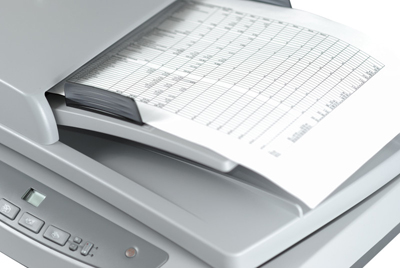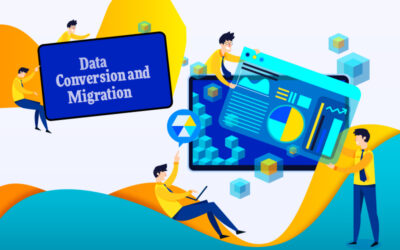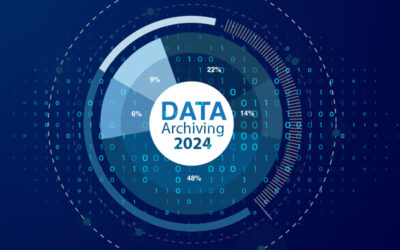
The use of the right type of document scanning equipment for the task at hand is critical for quality outcomes. Factors go into determining the usefulness of the scanner include speed, number of pages scanned per minute, and whether the files can be saved as searchable PDF files or just images that would need further scanning to convert them into text.
Different Types of Document Scanners
Flatbed Scanner: A flatbed scanner, the most commonly used type, is used to scan documents such as photographs, loose documents and pages within a book. It comes with user-friendly applications and interfaces with Windows, Mac and Linux systems. The main features of this scanner include:
- Capable of scanning documents up to size 8.5 to 11.7 inches
- Has automatic document feed that can scan both sides of the document without turning it upside down
- Can scan black and white text approximately up to 27 pages per minute. The rate of scanning color elements is approximately 11 pages per minute
- Resolution settings vary from model to model and some of these scanners are capable of scanning at 1,200 dots per inch or have higher resolution rating
Sheet-Fed Scanner: The working of sheet-fed scanner is similar to that of the flatbed equipment. It can handle large volume tasks on a daily basis and scan up to hundred pages per hour. The sheet to be scanned is not placed on the glass, but is fed through the scanner. It also features an automatic document feeder which can accommodate mixed paper sizes in a single batch.
Hand-held Scanner: Handheld scanners are compact scanners that can fit in the hands and are good only for certain types of businesses. You can hold this scanner in your hand and move it across the page that need to be scanned.
Things to Look for when Choosing Scanning Equipment
When choosing a document scanner, is important to check if the device
- features automatic text recognition
- has the ability to scan directly to a specific application
- has post-scanning features like blank-page removal
- can digitally straighten images
- can handle the required volume each day
- ensure accurate and controlled color reproduction
- has the capability to ensure that all of the relevant information is captured
Rather than buy expensive, space-consuming scanning equipment, most offices now rely on a professional document scanning company to digitize their data. With the right service provider, businesses enjoy many benefits. The use of scanners with technologies such as OCR make the document retrieval process easy with electronic files that look just like the original scanned or photograph files, but allow search with keywords. Such companies would also help organize their clients’ digitized documents to reduce the time and costs of retrieving information. With capabilities for large volume scanning, they can help offices substantially reduce the need for physical storage space.



